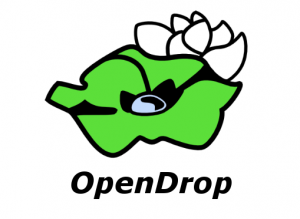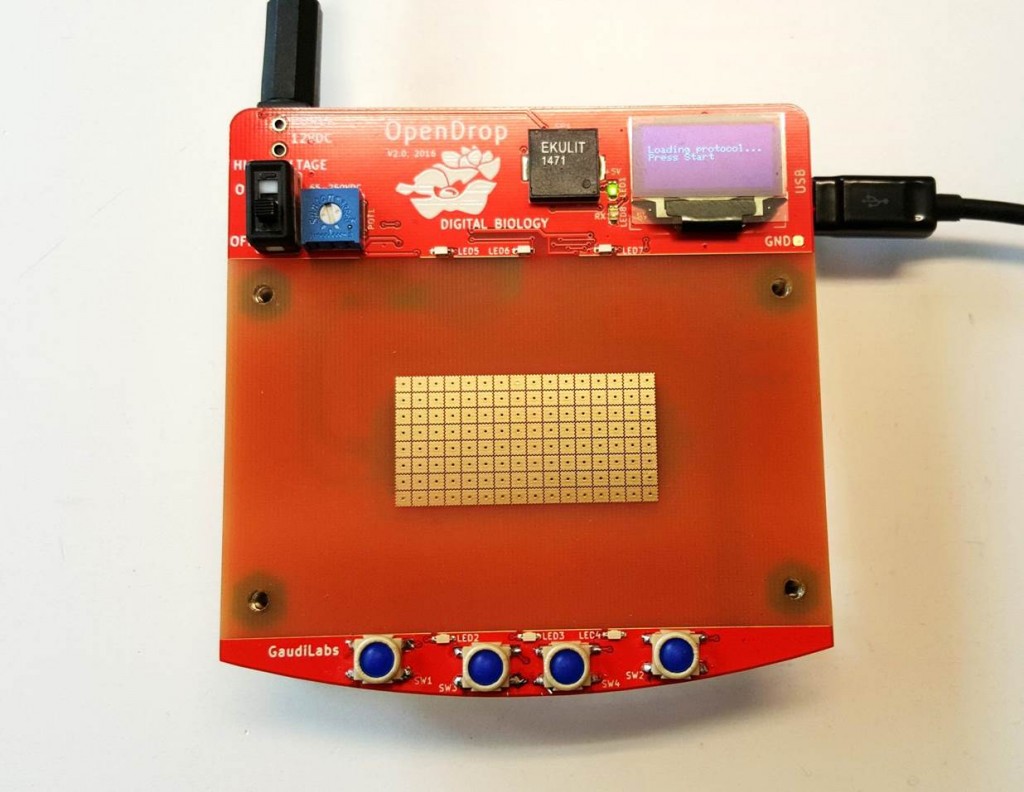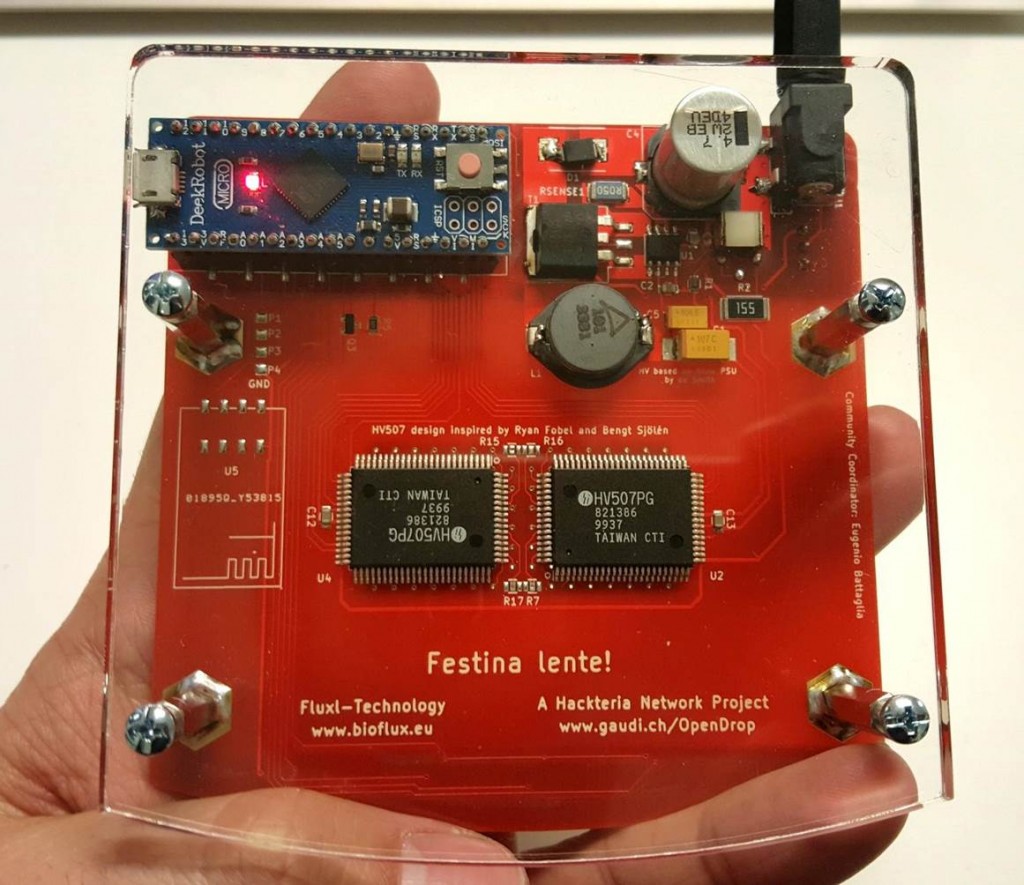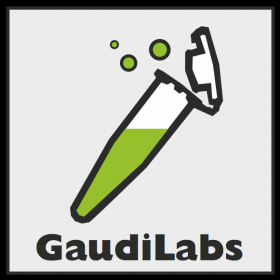 OpenDrop is a new design for an open source digital microfludics platform for research purposes. The device uses recent electro-wetting technology to control small droplets of liquids. Potential applications are lab on a chip devices for automating processes of digital biology. How ever the present design should also open the technology to other field and allow experimentation to find new applications. Including the field of art, music, games and education.
OpenDrop is a new design for an open source digital microfludics platform for research purposes. The device uses recent electro-wetting technology to control small droplets of liquids. Potential applications are lab on a chip devices for automating processes of digital biology. How ever the present design should also open the technology to other field and allow experimentation to find new applications. Including the field of art, music, games and education.
See also: New OpenDrop website.
Picture of first OpenDrop V2 prototype.
Backside of OpenDrop V2 with Electronics
Video



I read with interest your preliminary experiments with XGal and Galactosidase, and note the problem of droplets containing protein apparently sticking to the chip. In nature, cells move proteins around inside vesicles (small aqueous droplets contained in a bubble of fatty or oily molecules). I wondered if this might be a way to approach a solution – making an emulsion of the enzyme solution, sorting the droplets for size by passing them through a micropore sieve, and seeing if they combine and coalesce when in contact. By using a hydrophobic molecule with the right properties (lecithin, maybe), it should be possible to produce a package that has external charge and would therefore be able to be driven by your device. Great work. Have fun.
Really awesome work! I think 230 volts will fry most cells though… I have read papers that brought the voltage for actuating drops down to 11 volts! Also, there are many optoelectrowetting papers out there that would enable for dual use dieletrophoresis and electrowetting by altering the frequency between two faces. Using a projector to address droplets would make a huge improvement in the number of addressable locations and programs you could run. Essencially you could turn an entire experiment into a video clip.
What would be real neat is if there was a camera that interacted with a program that could generate patterns to create artificial intelligence using the computer vision and make desisions on what to do with certain drops after they have been processed based on new information gained…
Wow, the movement of this droplets is pretty impressive!
[…] Earlier this Spring, we were contacted by Urs Gaudenz from GaudiLabs and he told us about a low-cost, DIY-friendly DMF platform he was developing along with collaborators from the Bioflux project, called the OpenDrop. […]
[…] – Digital Microfludics Plattform – [Link] RELATED POSTS18 February, 2014 A Free-Swimming Chip8 January, 2008 5 unbelievably cool research […]